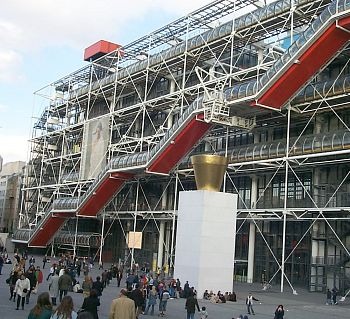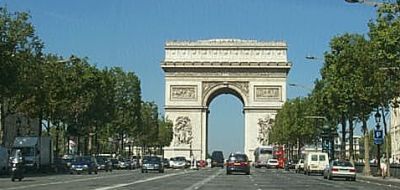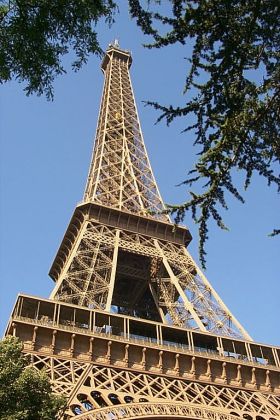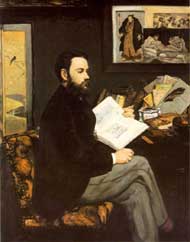On the top of the “Butte” of Montmartre right around the corner from the Place Du Tertre, is the Espace Dalí. Here reside 300 original art works by the master of surrealism, Salvador Dalí, including sculptures, prints, paintings, book illustrations, furniture and more.
The dimly lit halls echo with trance enducing music as subtly changing lighting reveals new perspectives on Dalí’s show. Most of the works were new to me, even though I’ve followed Dalí for decades and seen most of his famous pieces.
Fascinating book illustrations for such tomes as Alice in Wonderland and Don Quixote allowed Dalí to add his surrealist touches to well known fictional characters. A series of large, bright, colorful prints from the 60s done in a sort of Warhol style depict all sorts of sexual delights, perversions and frustrations. That and the outrageous collection of sculptures and his tripped out furniture steal the show.
For those who relish delving into Dalí’s mind and symbolism, there’s English and French descriptions that explain those existential symbols so central to all Dalí’s art. With these keys you can then unlock a deeper understanding of his work and his life. Dismissed as an egotist by some, hailed as the greatest master of surrealism by others, visit this exhibit and you can judge for yourself.
I thought the 7 Euro admission was a bit steep seeing how the Louvre and the Musee D’Orsay charge about the same. But where else can you see such a collection in one place, other than perhaps Dalí’s castle in Spain. It’s a great place to dive into should the weather turn as it did when we we were visiting Sacre Coeur.
The gift shop has some interesting items including books, ties, puzzles, prints and for those with deep pockets you can even purchase some original pieces including some of the furniture and sculptures on display!
Info:
Location: 11 Rue Poulbot
75018 Paris
Metro: Anvers – Abbesses
Bus: 54, 80 Montmatrobus
Funicular from Anvers
Le Petit Train de Montmartre
Phone: 01 42 64 40 10
Fax: 01 42 64 93 17
Open: 10:00am – 6:30pm (summer til 9pm)






 Perhaps the best loved monument in the world, the Eiffel Tower attracts millions of visitor each year. Built for the 1889 World’s Fair, at 320 meters it towers above Paris and offers stunning views of the city below. For 40 years it was the world’s tallest structure until New York’s Chrysler building topped it in 1930.
Perhaps the best loved monument in the world, the Eiffel Tower attracts millions of visitor each year. Built for the 1889 World’s Fair, at 320 meters it towers above Paris and offers stunning views of the city below. For 40 years it was the world’s tallest structure until New York’s Chrysler building topped it in 1930.
 The Historic Restaurants of Paris:
The Historic Restaurants of Paris: